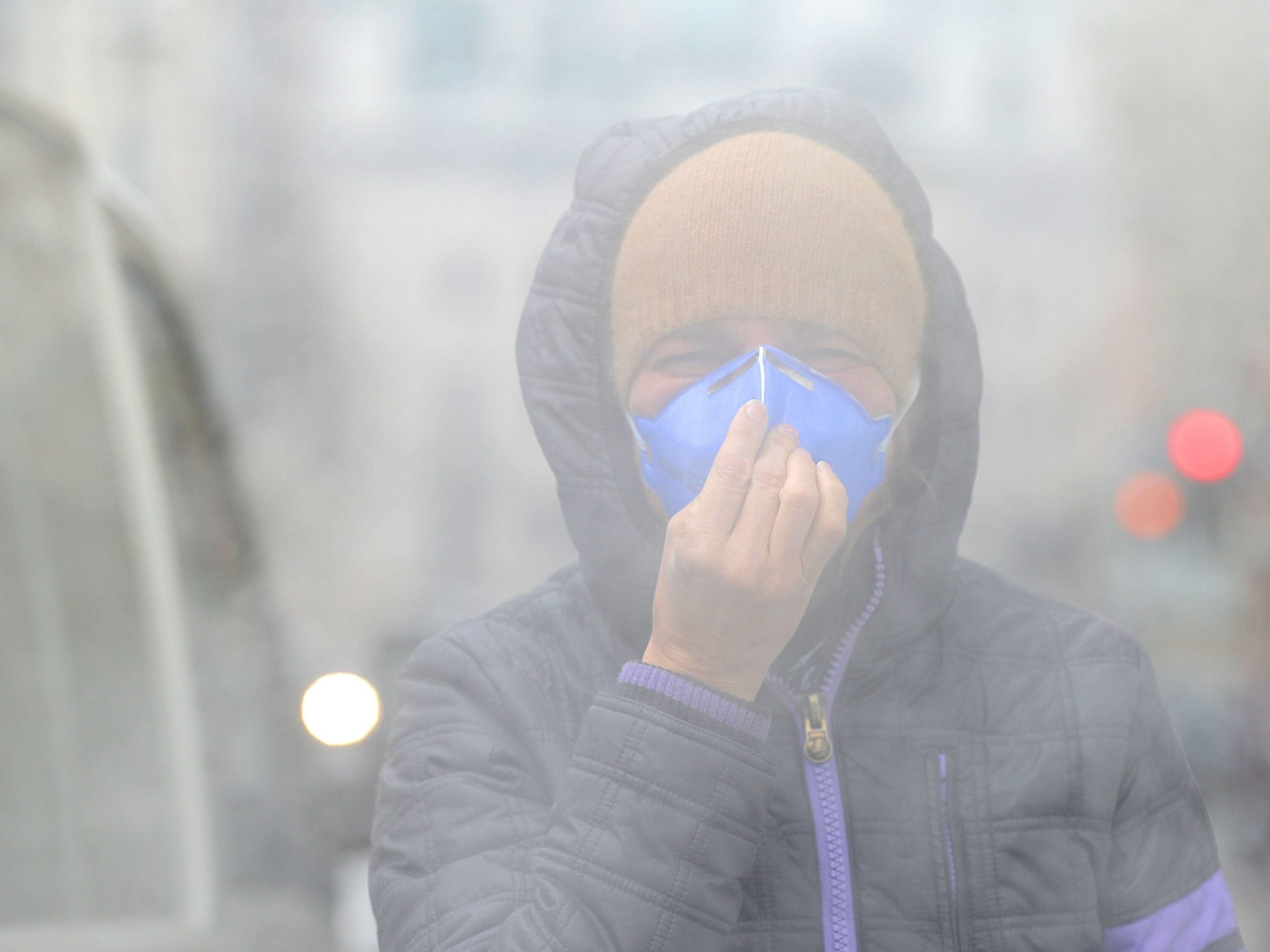```html
Air Pollution: Limit Values in Austria Frequently Missed
```

At the majority of Austrian measuring stations, the air pollutant guideline values recommended by the World Health Organization (WHO) were exceeded last year. Even though the currently applicable, less strict EU limit values were adhered to, "the air quality in Austria is anything but good from a health perspective," analyzed the mobility club VCÖ based on data from the Environment Agency Austria. The "air hundreds" on highways should be maintained.
Guideline Values Exceeded
The WHO-recommended guideline values were exceeded at 107 out of 147 nitrogen dioxide measuring stations and at 73 out of 75 PM2.5 fine particulate matter measuring stations, reported the VCÖ on Monday in a press release. "Thanks to numerous measures, air pollution in Austria has significantly decreased over the past 20 years. However, the burden from fine particulate matter and nitrogen dioxide is still too high from a health perspective," emphasized VCÖ expert Katharina Jaschinsky.
"The values recommended by the World Health Organization are massively exceeded at most measuring stations in Austria," explained Jaschinsky. Since the current pollutant limit values of the European Union are too high, a reduction of the limit values for fine particulate matter and nitrogen dioxide has been decided in the EU. However, these will only come into effect in 2030 and are still twice as high as recommended by the WHO, noted the VCÖ.
Graz and Vomp in the Lead
The EU limit for PM2.5 pollution, which will apply from 2030, was exceeded at 29 out of 75 measuring stations. The highest pollution was recorded in Graz with an annual average of around 16 micrograms of PM2.5 fine dust per cubic meter of air at two measuring stations, which is three times higher than recommended from a health perspective. The future EU annual limit, set at ten micrograms per cubic meter of air, was also exceeded in Leibnitz, Linz, Klagenfurt, St. Pölten, and Vienna.
For NO2 nitrogen dioxide pollution, the future EU limit was exceeded at 23 measuring stations. The highest pollution was measured in Vomp on the A12, followed by Graz, Vill, Enns, Linz, and in Vienna at Hietzinger Kai. More than half of the nitrogen oxide pollution is caused by traffic, particularly diesel emissions. The VCÖ demanded the abolition of the tax advantage for diesel.
"Air Hundred" Not to Be Abolished
"Car emissions such as ultrafine dust, nitrogen dioxide, and others are significant," explains environmental physician Hans Peter Hutter from MedUni Vienna. "More than ten years ago, air pollution was classified as proven carcinogenic. In addition to respiratory and cardiovascular diseases, there is also increasing evidence of effects on the brain - keyword dementia. Particles also promote diabetes and neurodermatitis."
According to the VCÖ, stronger measures are needed to improve air quality, such as the faster increase in the share of electric vehicles. Lower speed limits are very effective and cost-efficient. "It is all the more important that the existing IG-L speed limits (so-called Air Hundred, note) are maintained," it said in the release. Counterproductive is the federal government's planned abolition of the standard consumption tax (NoVA) for small trucks.
(APA/Red)
This article has been automatically translated, read the original article here.





